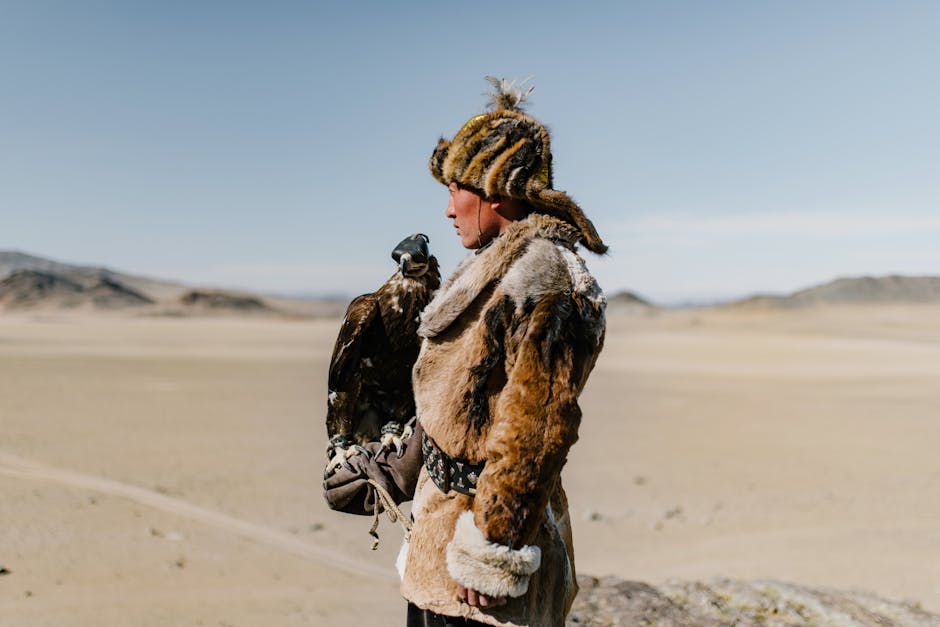
Indigenous Hunting Techniques: Preserving Ancient Skills
Indigenous hunting techniques have been passed down through generations, serving as essential tools for survival and cultural identity. These methods are deeply intertwined with the natural environment and emphasize sustainability and respect for wildlife.
Many indigenous communities employ unique techniques such as trapping and snaring that minimize environmental impact. These methods often require extensive knowledge of local wildlife behavior and terrain, demonstrating a profound connection to their land.
Traditionally, hunters use tools fashioned from natural materials, like bows and arrows or spears, which are crafted to maximize efficiency and reduce waste. Such practices showcase the ingenuity and adaptability of indigenous peoples across different regions.
In addition to their practicality, these techniques play a crucial role in cultural ceremonies and social cohesion. For example, rituals and ceremonies surrounding hunting are integral to community identity, emphasizing gratitude and respect for nature.
Modern conservation efforts often recognize the importance of indigenous knowledge in maintaining ecological balance. By respecting and studying these techniques, we can promote sustainable hunting practices and preserve invaluable cultural traditions for future generations.
